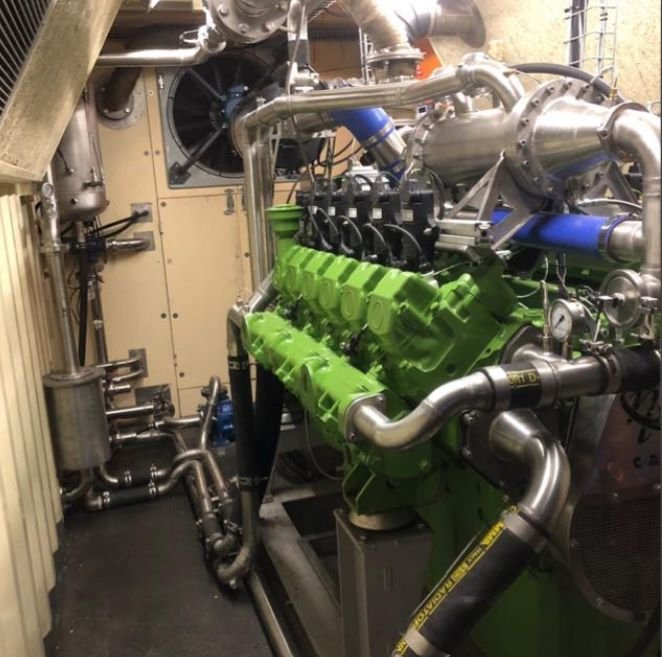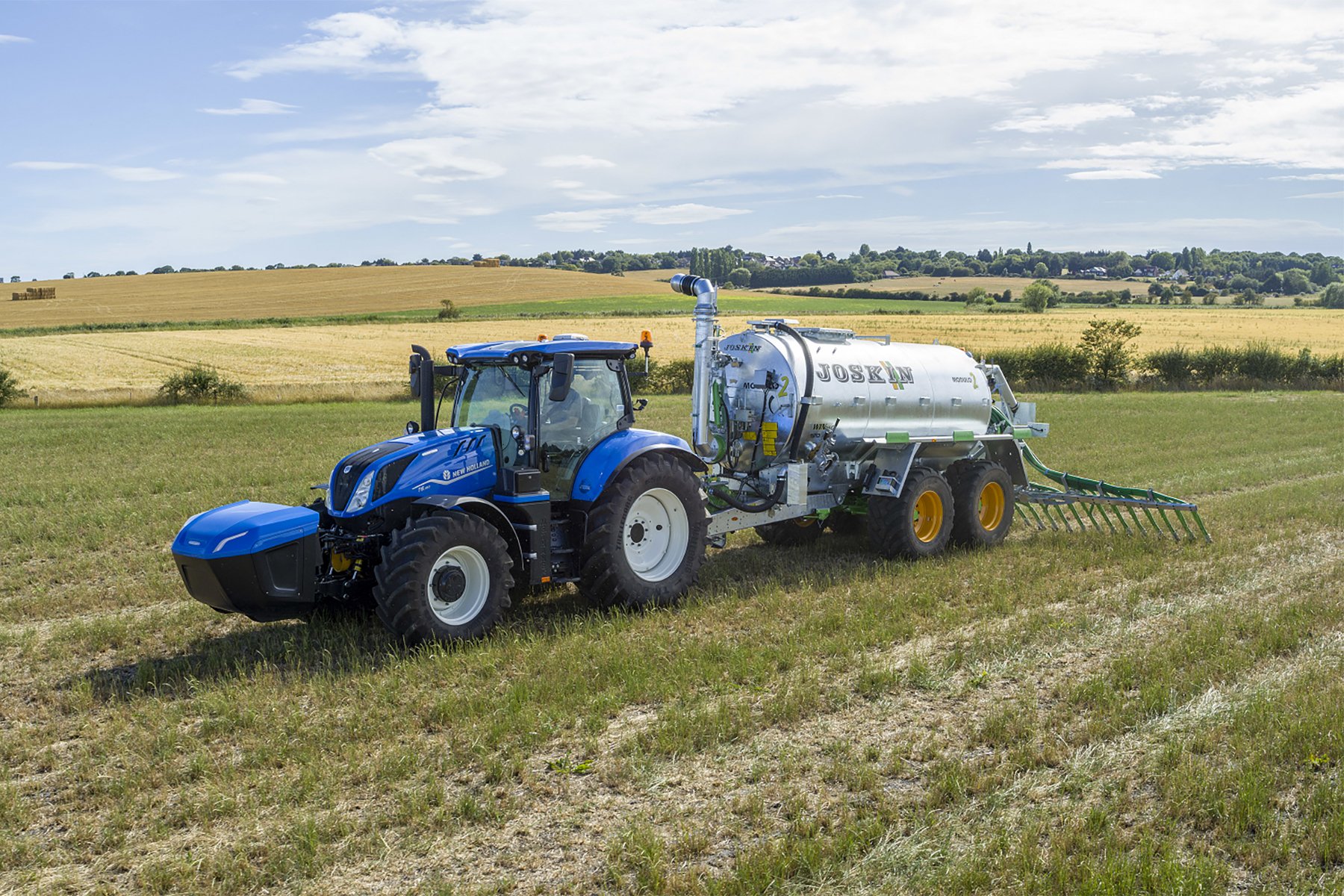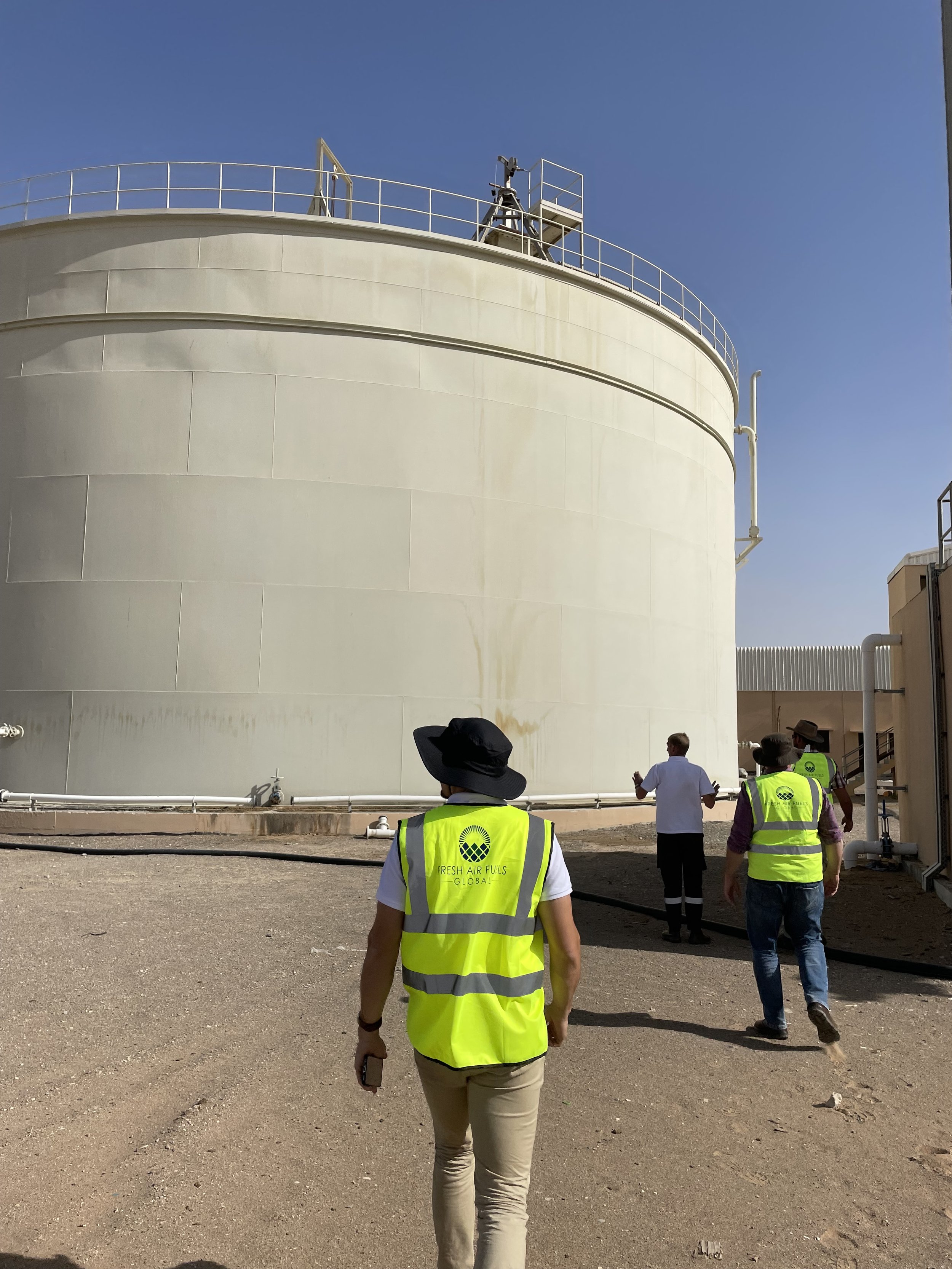Why Anaerobic Digestion?
Anaerobic digestion (AD) is far more than the production of renewable energy, it’s a:
- Means of responsible waste treatment
- Tool to reduce greenhouse gases
- Way of producing nutrient-rich biofertiliser
- Method of protecting water quality in streams and aquifers.
It is all these and more. The multi-functional benefits of AD are its clearest strength.
What is AD?
Anaerobic Digestion is a natural process whereby plant and animal materials (biomass) are broken down by microorganisms in a oxygen absent environment (biodigester), producing a methane-rich gas and digestate (biofertiliser).
The Benefits of AD
〰️
The Benefits of AD 〰️
Waste Management
Ensures valuable nutrients stay within the ecosystem promoting a sustainable food production system.
Recycle nutrients
Minimises risk of nitrogen leaching and pollution of ground and surface water sources.
Reduces water pollution
Protect animal and human health by destroying pathogens, whilst also decreasing nuisance odours.
Stabilise Waste
Waste can be managed on site reducing the need for transportation (reducing 3rd party dependency)
On site
Biogas
Captures and utilises methane (CH₄) and carbon dioxide (CO₂ ) that would otherwise be released as the waste decomposes
Reduced GHGs
-
Over a 20-year period, methane is 80 times more potent at warming than carbon dioxide.
(UN Environment Programme)
-
Manure digestion is a saves up to 2,5 times the GHGs that are emitted by untreated manure, making manure digestion carbon negative.
(European Commission JRC Report)
Biogas can be used to generate an uninterrupted source of renewable energy in the form of heat, electricity or gas.
Renewable Energy
Carbon Capture
When biogas is upgraded, CO₂ can be; captured and stored; or utilised for use in the food & beverage industry
Reduced dependence on fossil fuel energy, meaning businesses are less exposed to the cost uncertainties of the energy market
Energy Security
Bio-fertliser
Organic matter in digestate builds up the soil humus content, particularly crucial for arid and semi-arid lands with low carbon content
Improved soil quality
By replacing energy intensive mineral fertilisers with organics ones, digestate can reduce emissions significantly
Reduced GHGs
-
1 tonne of artificial fertiliser replaced with digestate saves 1 tonne of oil, 108 tonnes of water and 7 tonnes of CO2 emissions (ADBA)
Digestate contains high levels of nitrogen, phosphate and potash – which can boost the performance of soil and better crop growth
Nutrient rich
Additional benefits
Economic
At each stage there is opportunity for significant savings or revenue generation.
Align with stakeholder priorities by taking meaningful action
Positive perception
Employ and up-skill a local workforce.
Job creation
Protects business against changes in environmental legislation
Regulatory compliance
AD as part of the circular economy
Surplus materials, previously regarded as waste, from industrial processes, agriculture and other human activity can be channelled through biodigesters and converted into useful energy resources, nutrient-rich biofertiliser.
The circular economy is a systems solution framework that tackles global challenges like climate change, biodiversity loss, waste, and pollution.
It is based on three principles, driven by design:
Eliminate waste and pollution
Circulate products and materials (at their highest value)
Regenerate nature
(Ellen McArthur foundation, 2020)Uses for biogas & biomethane.
The typical composition of biogas is made up of 50-75% Methane (CH₄), 25-50% Carbon Dioxide (CO₂) and then some other trace chemicals. This biogas can be upgraded in a process which removes hydrogen sulphide, water, particles and carbon dioxide, leaving a high methane gas (biomethane), which is completely interchangeable with natural gas. Both biogas and biomethane can be used in a number of different ways
The most common use for biogas is heat and electricity generation through the burning of the biogas in CHP (Combined Heat and Power unit). The electrical efficiency is around 35%, but the overall efficiency if heat is used is up to 85%.
Electricity & Heat Production
Biogas can be burned directly in boilers to generate hot water or steam and because of the simplicity and robustness of most boilers only minimal gas cleaning is required, keeping the capital costs and operating costs low.
Direct Combustion
In compressed or liquefied form, biomethane can be used as a transport fuel. Biomethane releases up to 90% less greenhouse gases than a vehicle using fossil fuel, so can play a huge role in reducing emissions in the transport and logistics sector
Biomethane in Transport
For biogas to be used in the UK gas grid, it must undergo a cleaning process to remove impurities, as well as a drying process and upgrading to achieve a methane content of over 95%. The injection of biomethane into the gas is now supported under the Green Gas Support Scheme (GGSS).
Gas to Grid
Methane-powered tractors now means farmers use their manure or agricultural waste to generate biomethane to fuel their farming. Livestock and dairy farmers can take this cycle even further when producing biomethane from manure, subtracting CO2 from the environment, resulting in a carbon-negative footprint
Biomethane in agriculture
CO₂ that is separated during the gas upgrade process can either be stored (carbon capture) or can be utilised in the food and beverage for carbonation and cooling
Separated CO₂
If you would like to find out how your business could benefit from AD please get in touch using the form below or emailing us at info@freshairfuels.com























